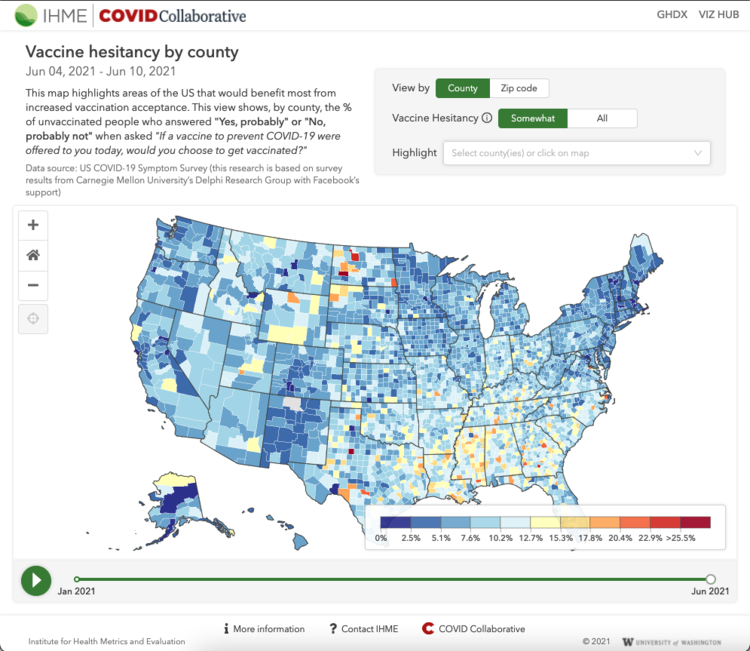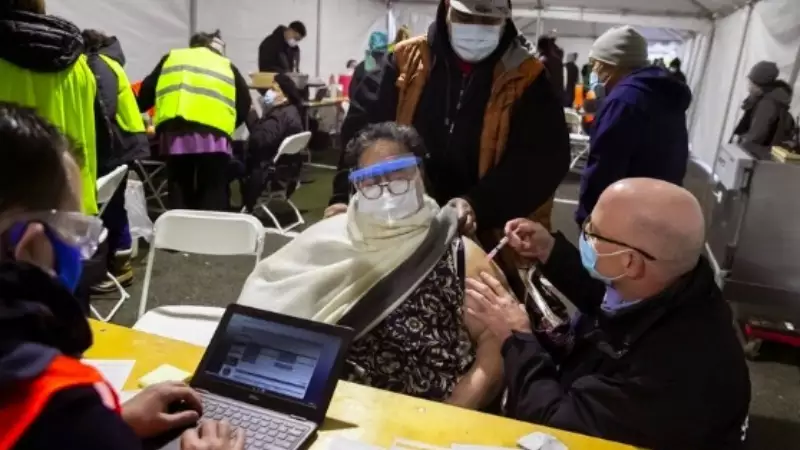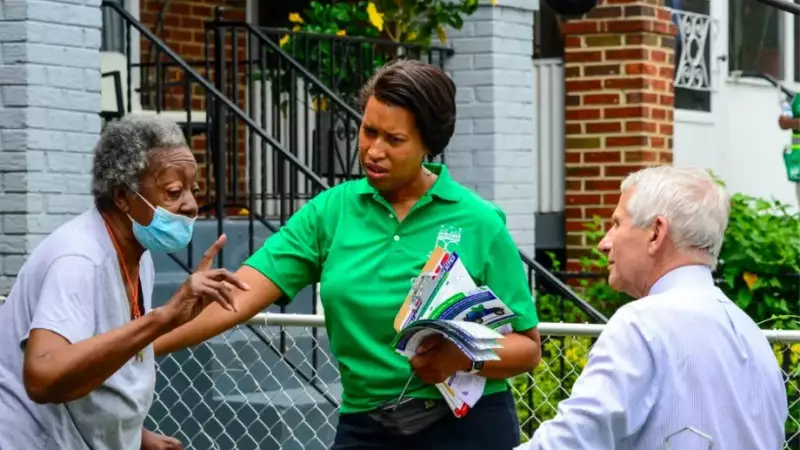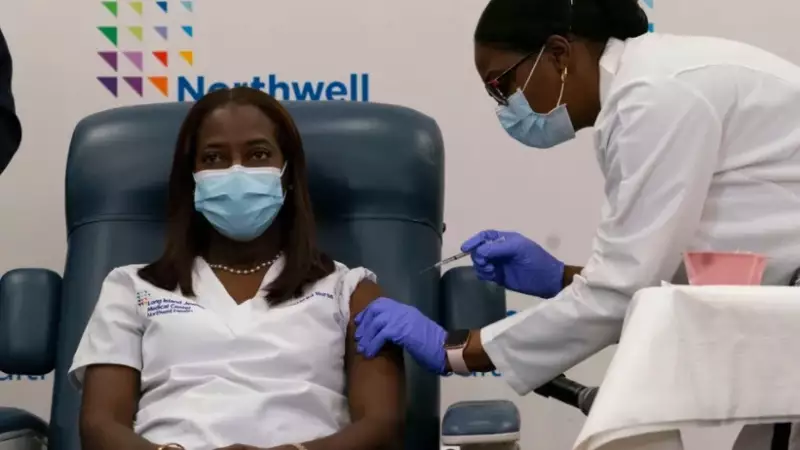JUNE 24, 2021 | PRESS RELEASE
New tool shows more than 50 percent of the population is vaccine-hesitant in over 580 ZIP codes across the US
Data down to ZIP code level shows huge variations in vaccine hesitancy within counties
SEATTLE—The Institute for Health Metrics and Evaluation (IHME) at the University of Washington School of Medicine and COVID Collaborative launched a new tool today that shows data on people’s openness to receiving a COVID-19 vaccine by ZIP code and county for the entire United States. As of June 10, the percentage of people who express some degree of vaccine hesitancy varies across neighboring ZIP codes in some counties by more than 50%.
“This data visualization is designed for health officials and other policymakers who are working to educate their constituents about the safety and benefits of COVID-19 vaccines,” said John Bridgeland, Co-Founder and CEO of COVID Collaborative. “By making this data easily accessible down to the level of individual ZIP codes, IHME and COVID Collaborative can help ensure that those efforts reach the ‘movable middle’: those people who aren’t yet vaccinated but are open to being convinced.” The model shows estimates for more than 30,000 ZIP codes in the United States, compared to just 3,000 counties.
In more than 670 ZIP codes, over 20 percent of unvaccinated people answered “probably yes” or “probably no” to a survey question asking whether they would get a COVID-19 vaccine. The visualization tool allows health officials and other users to view this group, who may be most open to receiving more information about vaccines, or toggle to include those who answered “definitely not” when asked about their intentions for getting a vaccine.
The data shows that even within counties where hesitancy overall is low, there are ZIP codes where a much larger proportion of the population is unsure about getting a COVID-19 vaccine. In northeastern Washington state, county-level hesitancy hovers at about 20 percent, but some ZIP codes have hesitancy as high as 50 percent. In almost all states, neighboring ZIP codes show wide disparities. In Minnesota, for example, two adjacent ZIP codes have hesitancy of 9 percent and over 60 percent. As county-level officials work to address hesitancy, this ZIP-code-level data will enable more effective geographic targeting.
Some additional key findings from the data:
- Over 1,900 ZIP codes have less than 5 percent hesitancy.
- The median hesitancy among all ZIP codes is 19 percent.
- More than 6,000 ZIP codes have hesitancy above 30 percent.
By providing such fine-grained data, the tool can help ensure that efforts are geographically targeted where they will have the greatest impact.
“Increasing vaccination rates is crucial to prevent further deaths and infections from COVID-19, especially with new variants circulating,” said IHME Director Dr. Christopher Murray. “It is more dangerous now to be unvaccinated than it was a year ago, because the variants are both more transmissible and more deadly. We hope that this tool will provide valuable guidance to health leaders as they work to reach those who are not yet vaccinated.”
The visualization, currently in beta, is hosted on IHME’s website. The Institute expects to revise the tool further based on feedback from users—and use that feedback to explore possible new features to further nuance the visualization. It will continue to be updated every two weeks with the latest survey data to capture ongoing trends. The data is gathered from an ongoing Carnegie Mellon University survey that collects responses from 50,000 Americans every day via Facebook.
Data and methods
IHME uses statistical models based on this survey data to estimate vaccine hesitancy for more than 32,900 ZIP codes and 3,100 counties in the United States. The US COVID-19 Symptom Survey, run by Carnegie Mellon University’s Delphi Research Group with Facebook’s support, invites people on Facebook to respond to questions about how they are feeling, including any symptoms of COVID-19. The surveys are designed to provide information to help monitor and forecast how COVID-19 may be spreading.
Media Contact: media@healthdata.org
For feedback from users, please reach out to covid19@healthdata.org.
About the Institute for Health Metrics and Evaluation
The Institute for Health Metrics and Evaluation (IHME) is an independent global health research organization at the University of Washington School of Medicine that provides rigorous and comparable measurement of the world’s most important health problems and evaluates the strategies used to address them. IHME is committed to transparency and makes this information widely available so that policymakers have the evidence they need to make informed decisions on allocating resources to improve population health.
About the COVID Collaborative
COVID Collaborative, a project of the Office of American Possibilities, is a national assembly of experts, leaders and institutions in health, education and the economy and associations representing the diversity of the country to turn the tide on the pandemic by supporting federal, state and local COVID-19 response efforts.










